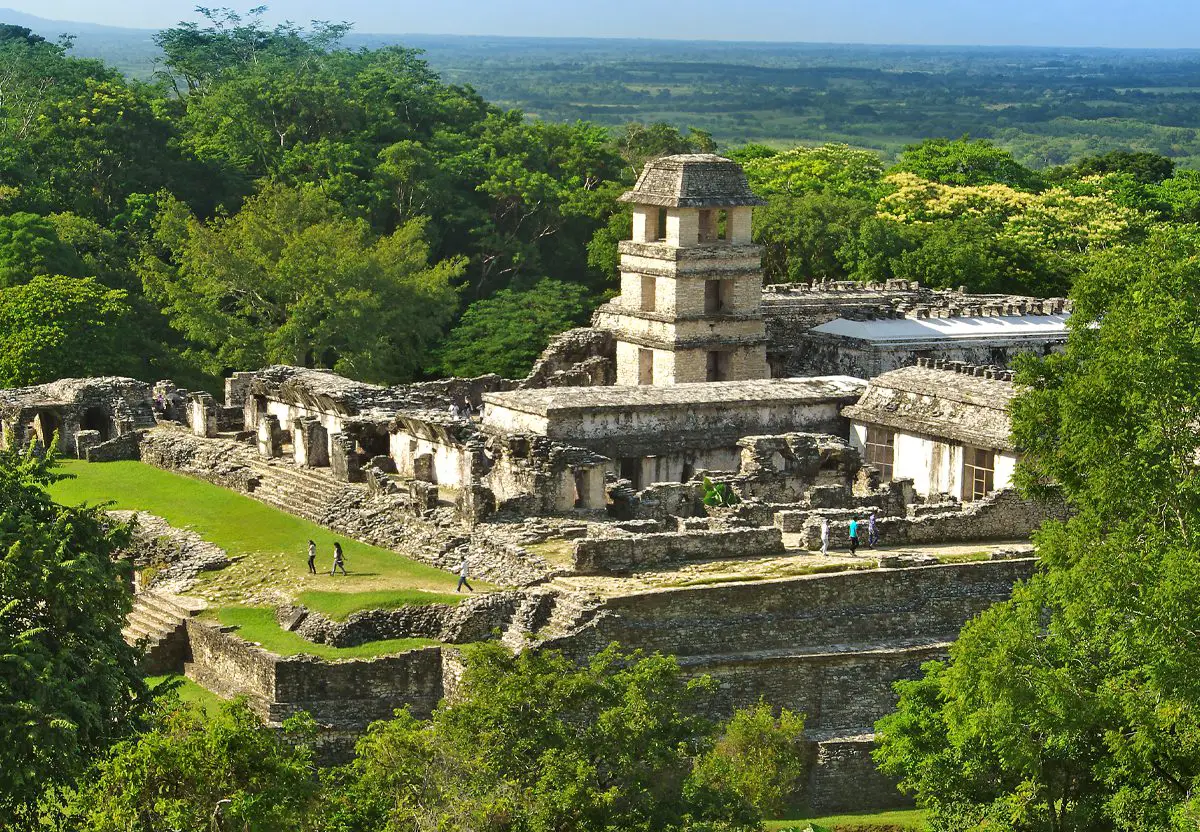Archaeologists have discovered thousands of pottery ceramics during excavations in the Maya city of Palenque.
Palenque, also known in the Itza Language as Lakamha (meaning “Big Water or Big Waters”), was a Maya city state of the Late Classic Period in what is now Chiapas state, Mexico.
Palenque is a medium-sized city, smaller than Tikal, Chichén Itzá, or Copán, containing some of the finest architecture, sculpture, roof comb and bas-relief carvings found in the Maya world.
The city represents one of the most significant achievements of mankind in the American continent, due to the planned urban layout with monumental edifices and some of the largest clearings found in all the Maya area. Numerous residential areas with habitation units, funerary, ritual and productive activity areas were placed around the administrative and civic ceremonial centre.
After the city was abandoned, the thick jungle surrounding it covered its temples and palaces, protecting the ruins from the elements and looting.
Archaeologists from the National Institute of Anthropology and History (INAH), have been excavating at Group IV of the Archaeological Zone of Palenque, an area consisting of more than 270 structures grouped into housing units and plazas, located 300 metres northwest of the urban centre.
The team focused their excavations on a central square and a structure designated J6, where previous excavations discovered several human burials. The researchers uncovered over 10,000 ceramic sherds, enabling them to create a historical ceramic chronology of Palenque from the 7th to 9th century AD.
Rodrigo Liendo Stuardo said: “Most of the recovered ceramics are dishes or vessels, glasses and fragments of other utensils that allows us to identify forms, decorations, fashions, and if they were utilitarian ceramics or reserved for certain occasions or ceremonies”.
The collected ceramics will also serve to create a ceramic inventory for future researchers, further enabling a greater understanding of Palenque during the 7th century AD, when Kʼinich Janaab Pakal I, , also known as Pacal or Pacal the Great lived, the longest ruling of any residing monarch in the history of the Americas.
Header Image Credit : Joanna Zaleska – Shutterstock







